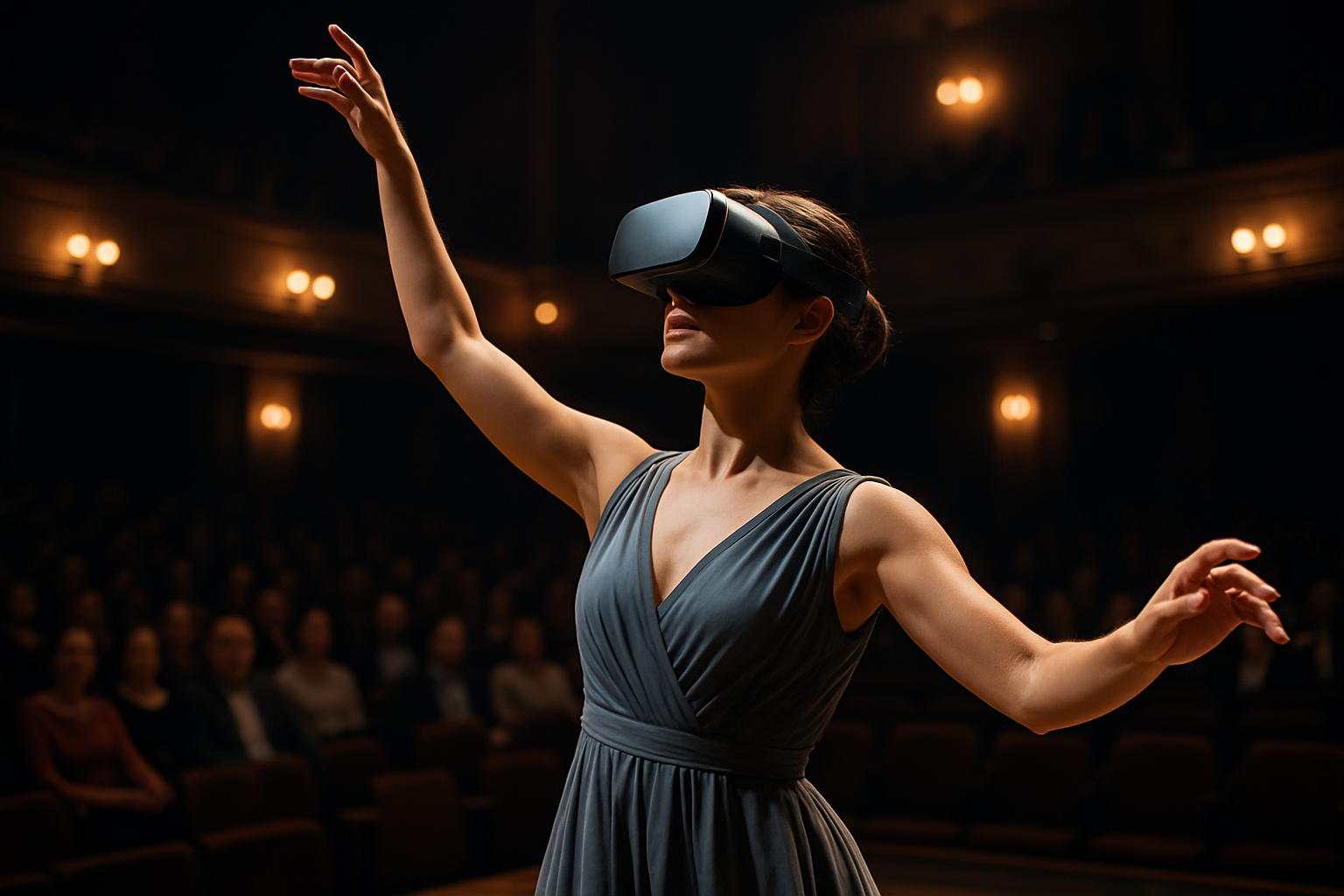Holographic Storytelling: Narrative Evolution in Digital Realms
In an era where technology continually reshapes our artistic landscape, holographic storytelling emerges as a groundbreaking frontier in narrative expression. This innovative medium blends cutting-edge visual technology with age-old storytelling traditions, creating immersive experiences that challenge our perceptions of reality and fiction. As artists and technologists collaborate to push the boundaries of this nascent art form, audiences find themselves at the cusp of a new chapter in entertainment history, where stories literally leap off the screen and into our physical space.

However, the true potential of holographic storytelling remained largely untapped until recent years. The advent of more sophisticated projection systems, coupled with advancements in artificial intelligence and real-time rendering, has paved the way for fully interactive holographic narratives. These stories no longer simply project pre-recorded content but respond dynamically to audience input, blurring the lines between spectator and participant.
Crafting Stories in Three Dimensions
The art of holographic storytelling presents unique challenges and opportunities for creators. Unlike traditional mediums such as film or theater, holographic narratives exist in a three-dimensional space, allowing for unprecedented levels of audience immersion. Writers and directors must now consider how their stories unfold not just in time, but in physical space as well.
This spatial element introduces new storytelling techniques. Characters can materialize around the audience, environments can shift and transform in real-time, and viewers can physically navigate through different plot points. The result is a form of narrative that engages multiple senses simultaneously, creating a more visceral and memorable experience.
The Technology Behind the Magic
At the heart of holographic storytelling lies a complex array of technologies working in harmony. Advanced projection systems create the illusion of three-dimensional objects floating in space, while motion capture technology allows for real-time animation of digital characters. Spatial audio systems provide directional sound, enhancing the sense of presence and immersion.
Perhaps most crucially, artificial intelligence plays a pivotal role in making these stories truly interactive. AI algorithms process audience reactions and inputs, adjusting the narrative in real-time to create a personalized experience for each viewer. This level of adaptability ensures that no two experiences of a holographic story are exactly alike, fostering a sense of agency and involvement that traditional mediums struggle to match.
Cultural Impact and Artistic Implications
As holographic storytelling gains traction, its impact on culture and artistic expression becomes increasingly apparent. Museums and galleries are embracing this technology to bring historical events and artifacts to life, offering visitors unprecedented access to the past. In the realm of education, holographic narratives provide immersive learning experiences that can make complex subjects more engaging and accessible.
For artists, this new medium offers a canvas of possibilities limited only by imagination. The ability to create fully realized, interactive worlds challenges traditional notions of authorship and narrative structure. As audiences become active participants in shaping the story, the line between creator and consumer blurs, giving rise to a new form of collaborative storytelling.
The Future of Holographic Narratives
While still in its infancy, holographic storytelling shows immense promise for the future of entertainment and artistic expression. As technology continues to advance, we can expect even more sophisticated and immersive experiences. The potential for holographic narratives extends beyond entertainment, with applications in fields such as therapy, training simulations, and virtual tourism.
However, as with any emerging technology, holographic storytelling faces challenges. Questions of accessibility, both in terms of cost and physical requirements, need to be addressed. Additionally, ethical considerations surrounding the use of AI and the potential for hyper-realistic simulations raise important debates about the nature of reality and our relationship with technology.
Despite these challenges, the trajectory of holographic storytelling points towards a future where the boundaries between physical and digital realities continue to blur. As this art form evolves, it promises to redefine our understanding of narrative, pushing the limits of human creativity and technological innovation in equal measure.





